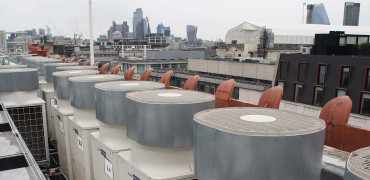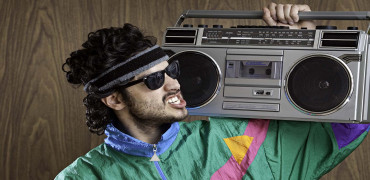In 2015, the world came together to support an ambitious vision with the creation of the UN’s Sustainable Development Goals (SDGs) to offer a blueprint for peace, prosperity and planetary health – with the noble aim of tackling poverty, inequality, climate change and more by 2030.
So, 10 years on, its worth taking a look at progress ...
The 17 goals were created to give a wider focus to sustainability, as it is easy to be caught in a carbon ‘tunnel vision’.
The goals allow governments, companies, NGOs and individuals to see the wider view needed to ensure we have a fair and equitable transition to a true sustainable future.
These are very lofty and worthy goals, but how have we been doing on this journey, where are we seeing their use and, finally what’s next?
A pragmatic, reasoned science-based approach shouldn’t cause too much controversy should it!
So, how are we doing?
These are the 17 SDG’s: No poverty / Zero hunger / Good health and well-being / Quality education / Gender equality / Clean water and sanitation / Affordable and clean energy / Decent work and economic growth / Industry, innovation and infrastructure / Reduced inequalities / Sustainable cities and communities / Responsible consumption and production / Climate action / Life below water / Life on land / Peace, justice and strong institutions / Partnerships for the goals.
While it can be claimed that progress has been made on the reduction of poverty, child mortality is improving, as is improved access to electricity and the internet, as well as wins in the fight against certain diseases, you will not find commentary claiming that all is done and we need to keep up the effort in all 17 areas.
However, we have seen millions lifted out of poverty around the world. Global awareness of sustainability and the need for climate action is reaching new heights, and we have seen an acceleration of the adoption of renewable energy, with the BBC recently reporting that ‘Renewables overtake coal as world's biggest source of electricity’.
Where do we see the SDGs being used
You will see the goals being used by many companies, including Mitsubishi Electric, to give a broad ‘compass’ to our sustainability planning, ambition and actions.
We see this through the lens of materiality, given substance and meaning to our direction in this regard, so how can our products and services aid in the delivery of the goals?
And what other services can we add to our portfolio via our innovations?
I am only one person, what can I do?’
It can be daunting looking at these worthy goals as an individual looking to do the right thing. Just what can we as individuals really do?
Well, we all have a voice, so we can and should advocate for improvements.
We all spend money, so we can decide where our hard earn cash is spent whether this be a product or service.
And we can be on the right side of this transition, at a time when we seem to be regressing on the science that is already proven, we need to be open to speak on key issues.
Net zero is a term that seems to now be weaponised in certain sectors, I would advocate for a pragmatic reasoned science-based approach … not too much controversy there, you would think!
Whilst the SDG’s act as the blueprint for a better future for all, following the Good Life Goals shows how you can play your part and align your activity to help make tomorrow better than today.
So, what’s next ...
We need an acceleration of actions towards the intended goal of 2030.
As we move to a future where we use less fossil fuel, generate more electricity from renewable sources and ultimately move to an electric economy, I think the Sustainable Development Goals will remain as a way finder towards the wider aspiration of a truly sustainable future.
They may evolve (after all 2030 is not too far away now!), but I for one feel they have served us well.
Martin Fahey is Head of Sustainability




